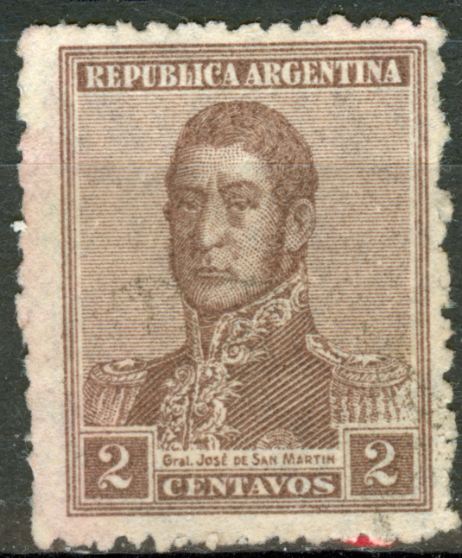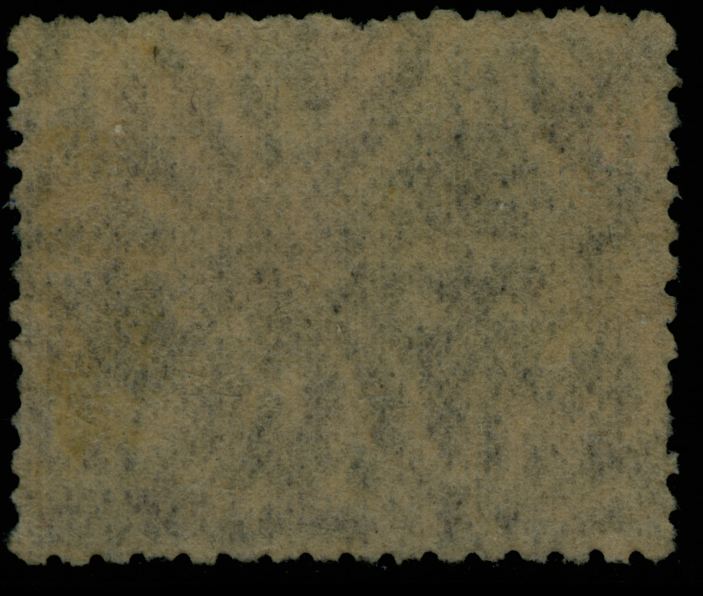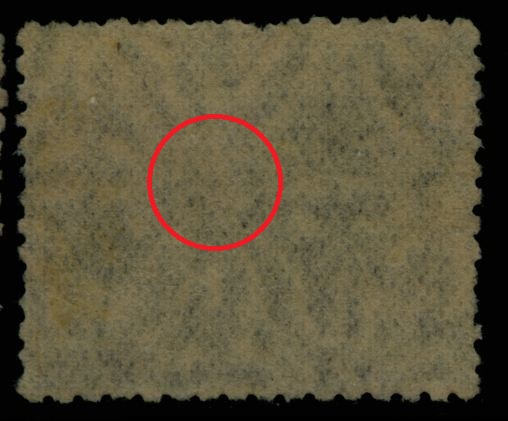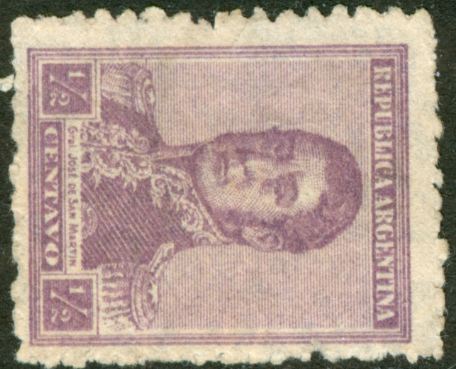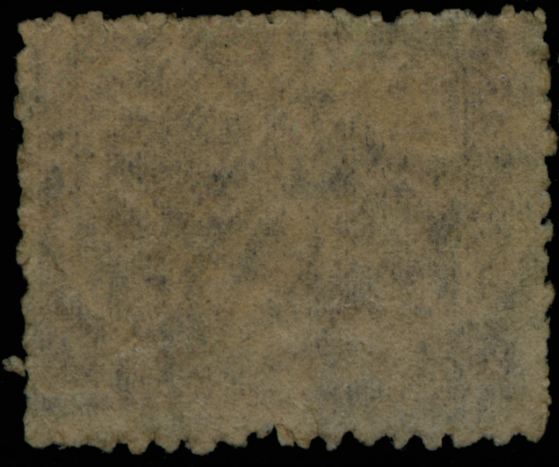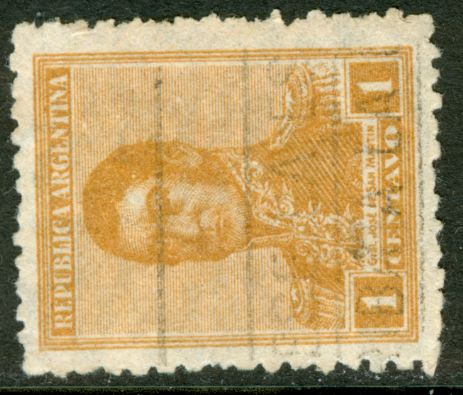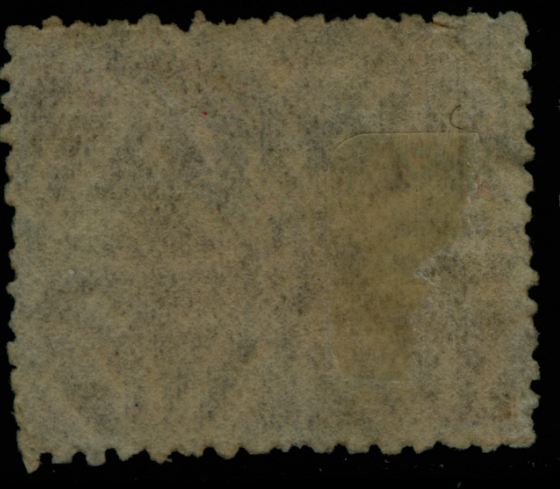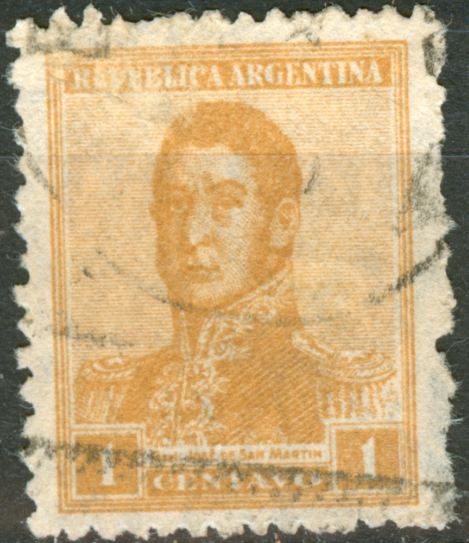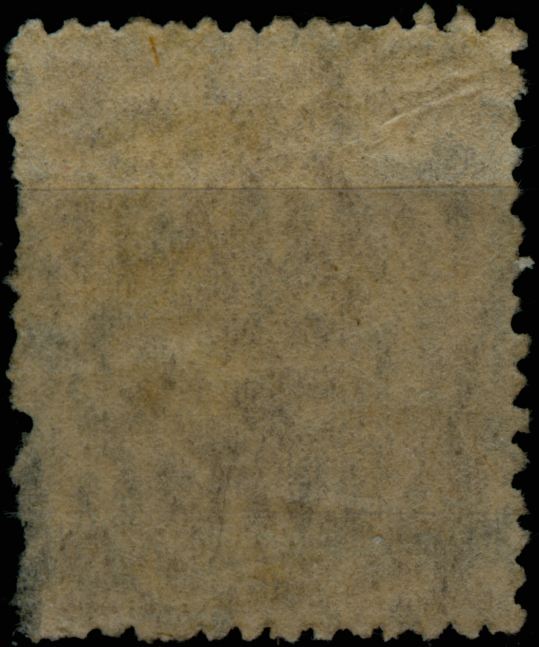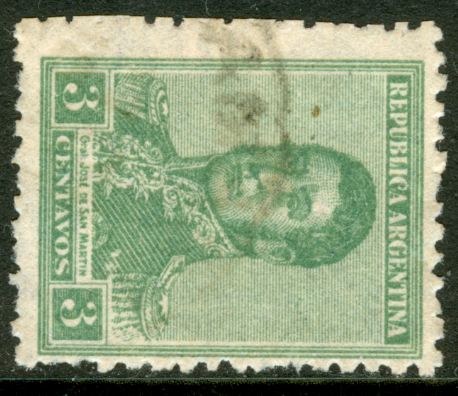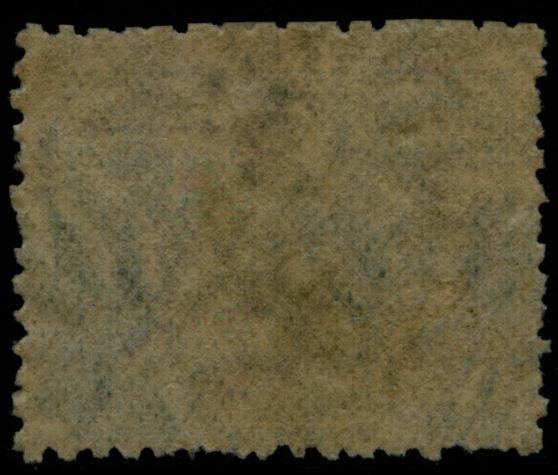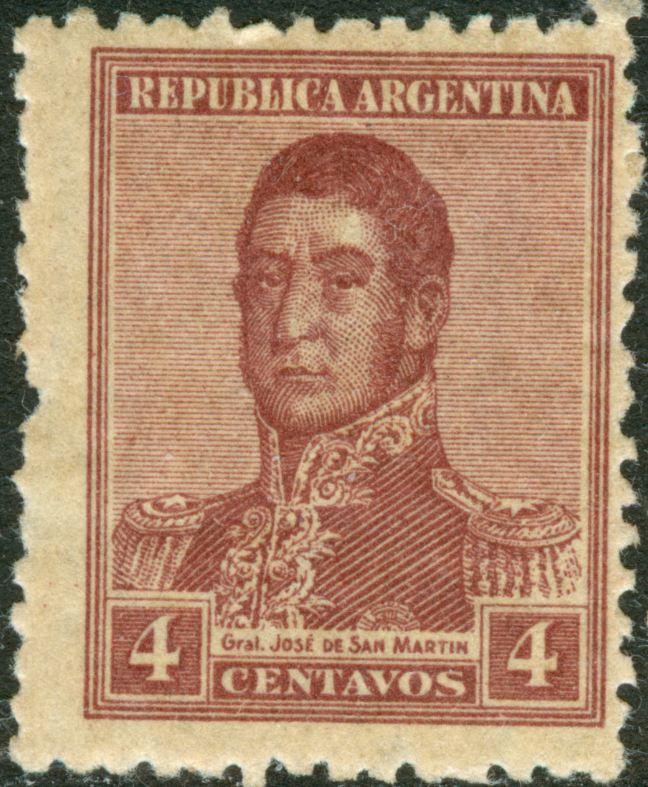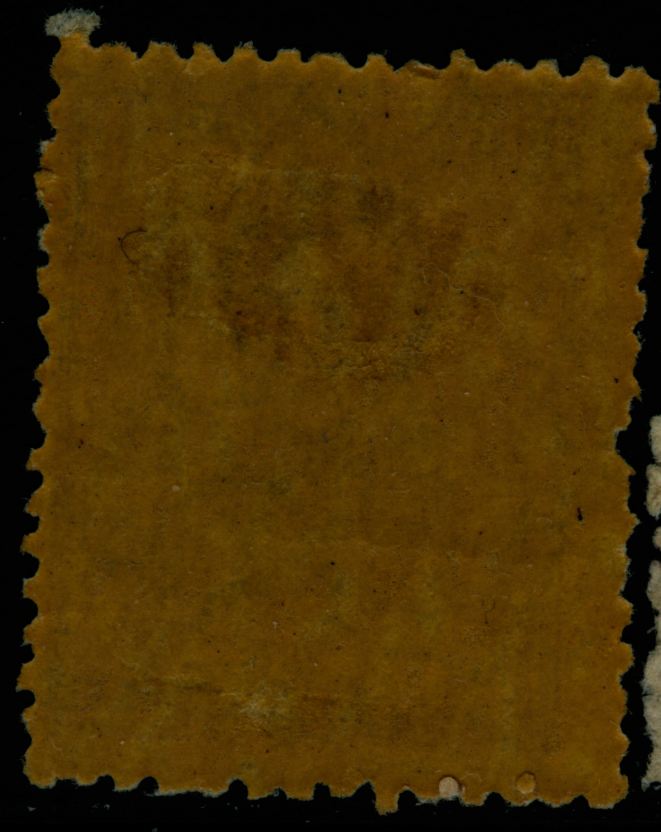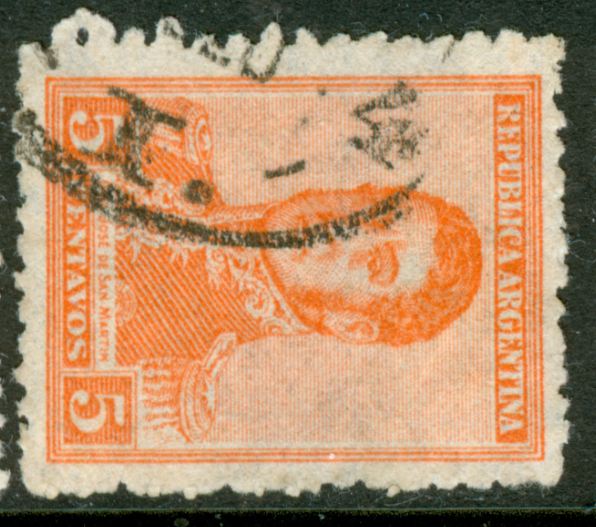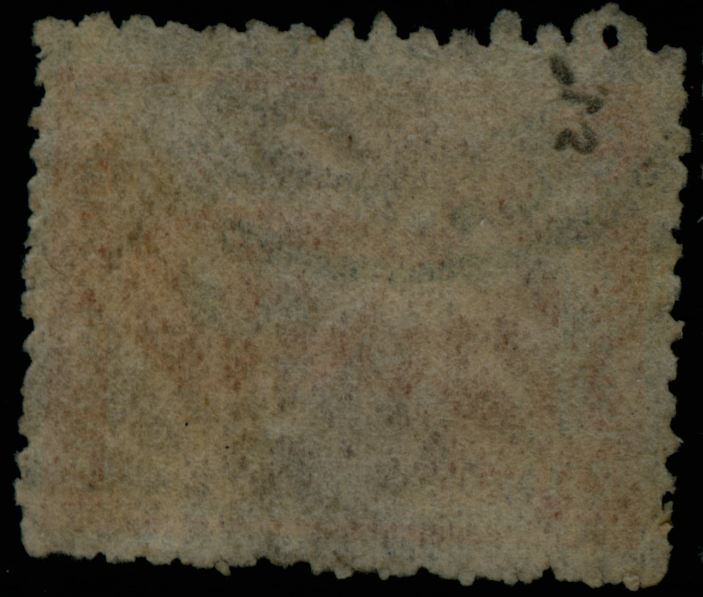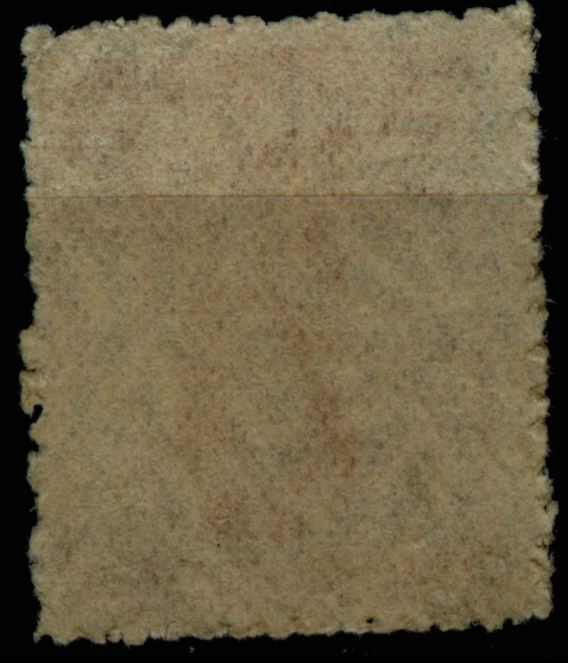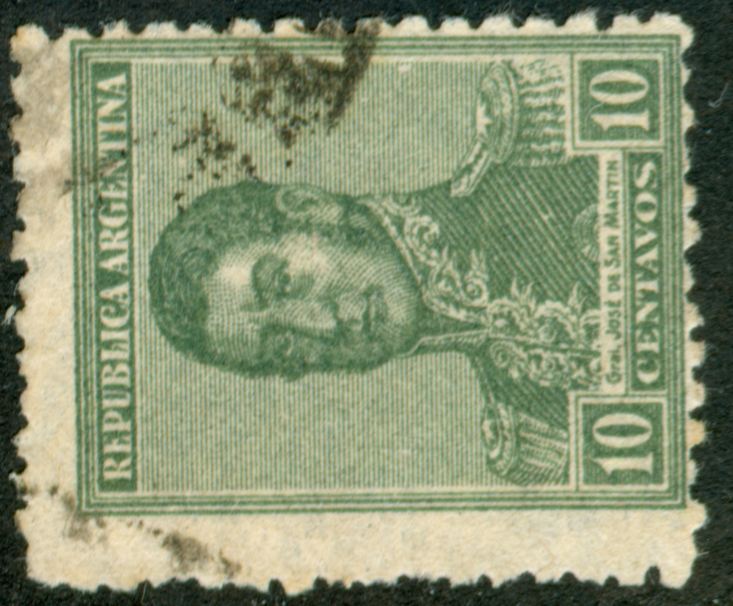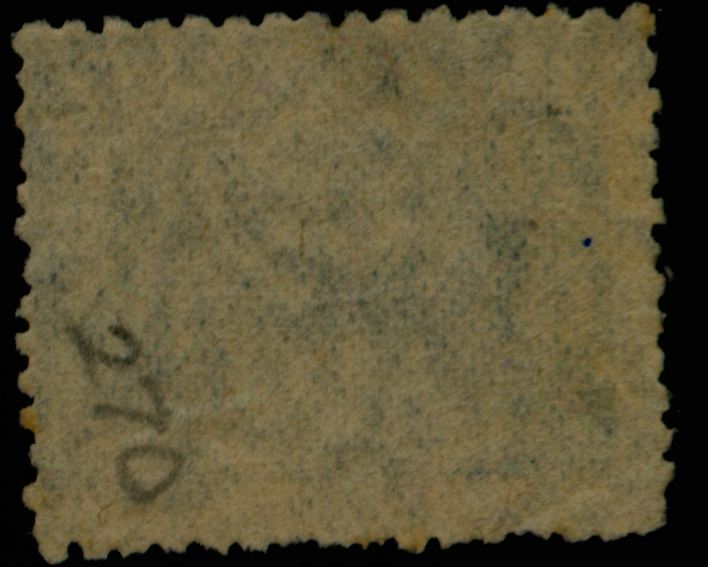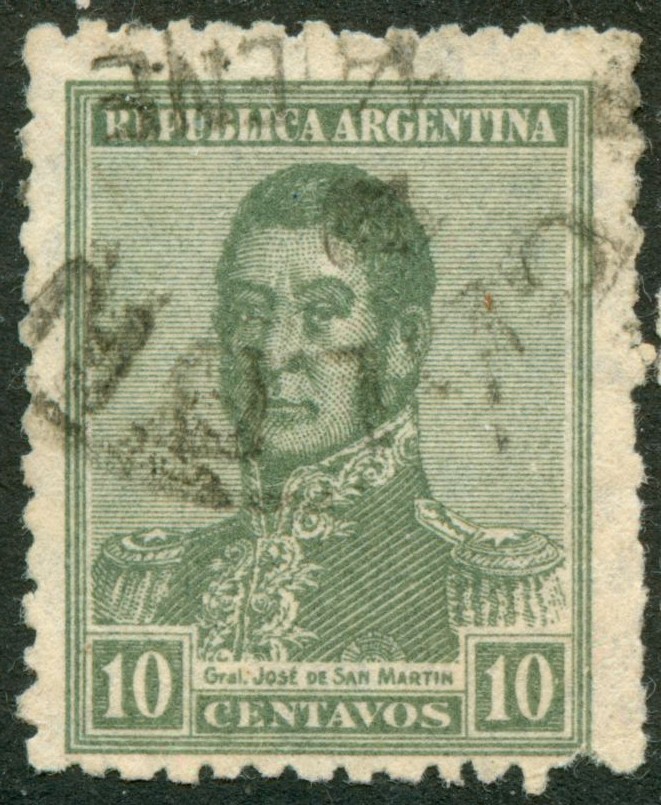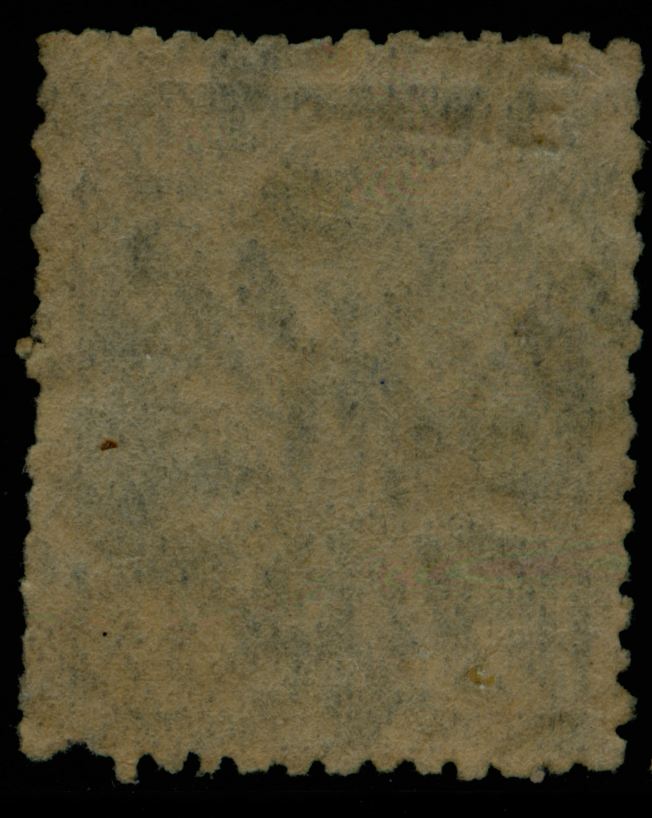needed specially prepared cylinders that had a root block to start with for reproducing and resulting in a complete sheet of 10x10




Moderador: Rein







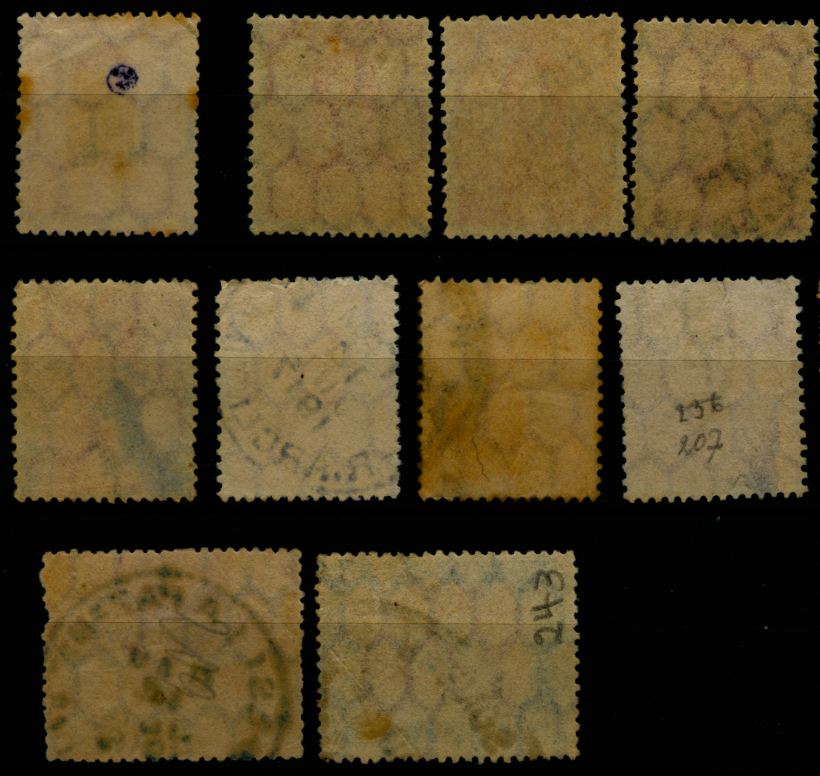
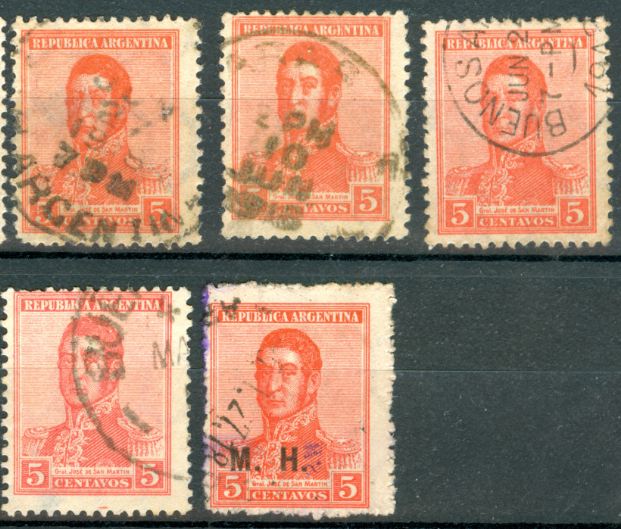
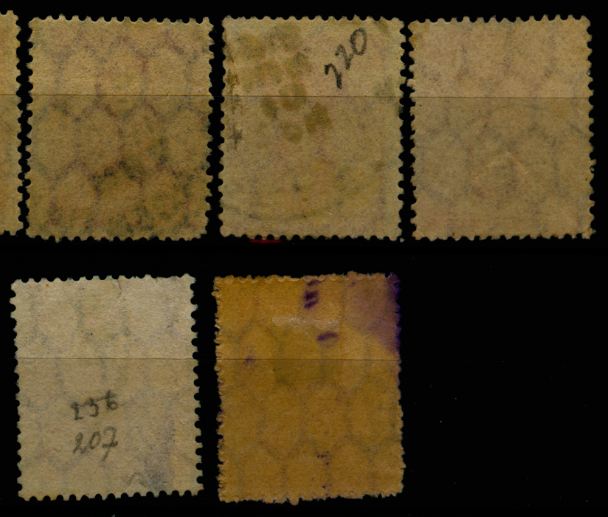

Tony,rubiera escribió:Reminds me of the description of the RA in sun watermark as straight rays and wavy rays.
tony


There is no reference to any paper mill! So how come this was supposed to be a manufacturer of the paper with
The Ault & Wiborg Company, a manufacturer of printing inks and dry color dyes and pigments, was established in 1878 in Cincinnati, Ohio. Levi Addison Ault was born in Ontario in November 1851, one of seven children of a French-Canadian cloth manufacturer whose family lived in the village of Mille Roches on the St. Lawrence River. (1)
In his late teens, he left home with an older brother, settling in Wisconsin, where he worked for a railroad and as a bookkeeper for several companies. After his brother moved to Cincinnati, Ault joined him here in 1876 to take a job with a dealer in lampblack, pitch and rosins. During his two years there, he became the company's top salesman. What he learned about the lampblack operation gave him an idea for a business that he hoped to start - ink manufacturing - provided he could find an investor.
Frank Bestow Wiborg, had been born in Cleveland, Ohio, in 1855, the son of Henry P. Wiborg, a Norwegian immigrant. He left home to seek his fortune and found his way to Cincinnati, where he was admitted to the Chickering Institute, a select college preparatory academy emphasizing the classics and sciences. Wiborg graduated in 1874, paying his way by peddling newspapers, and got work as a salesman for Levi Ault, impressing him with his abilities.
Wiborg was willing to put up $10,000 capital as an equal partner with Ault, so Ault launched the Ault & Wiborg Co. in July 1878 and boldly told friends he was to become the top producer and distributor of inks and lithograph supplies in America, perhaps the world. The first plant was a small building on New Street in Cincinnati. After five years the business did so well that Ault took his wife on a delayed honeymoon trip to Europe, the first of many worldwide voyages. These travels led Ault to establish sales offices in Toronto, London, Buenos Aires, Shanghai, and Manila.
The company motto was "Hic et Ubique", meaning Here and Everywhere. (2)
In its early years, Ault & Wiborg capitalized on two innovations - the use of coal-tar dyes to produce brightly colored inks and the development of lithography. Both developments helped to expand the ink business beyond the simple black product that had been produced for centuries. Around 1890 the company hired its first chemist, a German named Rose, and then Robert Hochstetter, an American who had studied in Germany. Hochstetter saw the possibilities of lithol reds as ink pigments. They were inexpensive, nonbleeding, fast and bright and became widely used under the name "U.S. Reds." The firm also introduced "Reflex Blues" and many other special colors. It pioneered in lithography, rotogravure, steel die and mimeograph printing, carbon papers, and typewriter ribbons.
This was the great period of printmaking, when newspaper lithographs, sheet music, poetry broadsheets, glossy magazines, and posters were the predominant mode of graphic expression, and the new company of Ault and Wiborg, which manufactured and mixed its own dry color to produce high-quality lithographer's ink, found its product in great demand, not only in the United States but worldwide. Toulouse-Lautrec was just one of the artists who used Ault and Wiborg inks for his prints; and the company commissioned him to create an advertising poster, using as a model the beautiful Misia Natanson, patron and muse of Vuillard, Proust, Bonnard, Faure, and Ravel. (3)
A new, larger inks plant was established in St. Bernard, near the present day Procter & Gamble facilities. Around 1905 a Varnish Department was formed, housed in a separate factory built in Norwood to supply coatings, lacquers, varnishes and finishes for metal products. Wiborg withdrew from active management in 1906. He wrote two books: A Commercial Traveller in South America (1905) and Printing Ink-a History with a Treatise on Modern Methods of Manufacture and Use (1926). By 1910 Ault had homes in San Francisco, Havana, Mexico City and Paris.
When World War I broke out, the supply of imported German dyes and intermediates was disrupted. Robert Hochstetter, now vice president, led the staff of chemists and engineers to duplicate the manufacture of the German products. The company increased its capital stock from $2.0 million to $10 million to substantially enlarge dye manufacturing capacity. (5) Soon the production of the key intermediates such as aniline, beta-napthol, Tobias acid was underway along with an ample range of dyes. By the end of the war the dye plant had far overshadowed the adjacent varnish works. In November 1918 the Ault & Wiborg employee band performed in the Cincinnati celebration of the signing of the armistice. The musicians regaled the cheering crowds with patriotic selections from the steps of City Hall, and a large delegation from the company marched in the subsequent peace parade. (6)
In December 1918, Ault's son Lee B. Ault died suddenly at the age of 32. (7) He was secretary-treasurer of the company and had been taking on more administrative responsibilities in anticipation of one day succeeding his father as head of the company.
In 1920 the Ault & Wiborg dye factories in St. Bernard and Norwood were sold to the Swiss conglomerate of Ciba, Geigy and Sandoz. But the ink-making and other departments were not affected and continued to operate under the management of the Ault & Wiborg Co. Anti-German sentiments were still strong just after World War I, and Ault stipulated for the sale that "Not one mill of German money, directly or indirectly, remotely or otherwise, would or could be used at any time, either in the acquisition or the expansion of the industry." (4) The new dye company
became known as the Cincinnatti Chemical Works, which was incorporated in Delaware. Ault remained a director of the new company until just before its 50th anniversary in 1928, when he sold his interest to the Swiss. Also in 1928, Ault sold the ink business for $14 million to the International Printing Ink Corp., which later became Interchemical Corp. At the time of the sale, Ault & Wiborg was the international leader in the inks field, with plants and operations on four continents.
Both Ault and Wiborg died in 1930. Ault was regarded as the "Father of Cincinnati Parks", since he served as chairman of the Cincinnati Board of Park Commissioners from 1908-1926. He donated 204 acres of land to the city to create Ault Park.



